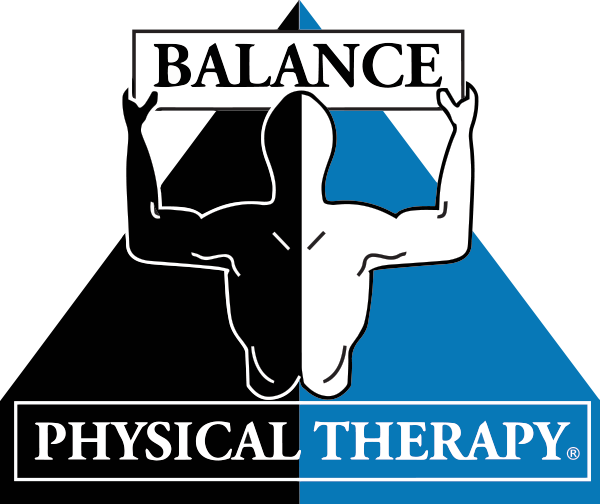Empowering Recovery Through Cardiovascular Physical Treatment in the Process of Post-Operative Recovery
Empowering Recovery Through Cardiovascular Physical Treatment in the Process of Post-Operative Recovery
Blog Article
Cardiopulmonary physiotherapeutic treatment plays a crucial role in assisting individuals recover following surgery, particularly for those who have experienced procedures impacting the cardiac system and pulmonary system. Healing from surgery can be a difficult journey, frequently accompanied by discomfort, exhaustion, and restricted movement. However, with the right approach and support, patients can regain their strength and enhance their general health. This type of treatment concentrates on improving the performance of the cardiac system and pulmonary system, which is crucial for a favorable recovery.
One of the primary objectives of cardiopulmonary physical therapy is to enhance heart and lung endurance. Following surgery, patients may experience reduced endurance, making daily activities feel more exhausting. Through a carefully structured fitness program, physical therapists guide patients in gradually boosting their activity levels. This may consist of activities such as walking, cycling, or targeted respiratory exercises. These exercises not only aid build power but also boost lung capacity, which is vital for guaranteeing that the body gains enough oxygen.
Additionally, cardio-pulmonary physiotherapeutic therapy emphasizes the importance of respiratory techniques. Many surgical individuals may find it difficult with deep breathing due to discomfort or restricted mobility. Therapists instruct individuals how to perform deep respiratory exercises, which can facilitate expand the lungs and eliminate any mucus that may have built up during the healing process. Appropriate breathing techniques are crucial to avoid complications such as lung infections, which can occur if the pulmonary system are not functioning effectively. By concentrating on these techniques, individuals can improve their recovery and overall lung health.
Another critical element of this type of treatment is instruction. Therapists provide valuable information about the recovery process, including what patients can anticipate during healing. They clarify how to recognize warning signs that may indicate complications, helping individuals feel more in charge of their well-being. Comprehending the role of physical activity in recovery allows individuals to take an engaged part in their manual therapy techniques in physical therapy recovery process. This empowerment is essential for building confidence and promoting a constructive perspective during healing.
In summary, cardio-pulmonary physical therapy is an integral aspect of post-operative recovery for patients undergoing heart and lung procedures. By concentrating on enhancing cardiovascular endurance, teaching respiratory methods, and offering knowledge, physical therapists enable patients to take charge of their recovery. This specialized therapy not only aids in physical healing but also supports emotional well-being, making the process of healing easier and more bearable. With the appropriate assistance and direction, patients can effectively restore their vitality and go back to their regular activities.